Moscow, a city boasting centuries of history and a dynamic modern pulse, is actively striving to become a genuinely inclusive destination open to everyone. The Accessible Moscow program is not just a declaration but a comprehensive effort aimed at creating a barrier-free environment for people with disabilities, including tourists facing mobility challenges. Thanks to targeted initiatives and massive urban renewal, Russia’s capital is transforming into one of the most adapted major destinations for travelers with special needs.
For a visitor with mobility impairments, planning a trip to a city as historic as Moscow requires careful consideration. However, it is crucial to know that the public transport system and key attractions have undergone large-scale modernization, making the city increasingly convenient and safe to navigate. This definitive guide is designed to help travelers with mobility challenges explore Moscow’s rich cultural heritage and modern infrastructure with confidence and ease.
Navigating Moscow’s Inclusive Transport Network
The key element of the Accessible Moscow initiative is the city’s transport system, which is continually becoming more adapted. The ability to use it effectively is the cornerstone of a successful trip.
The Moscow Metro and the Passenger Mobility Center (PMC)
While the deep, older stations of the Moscow Metro might present access challenges, all new Metro stations, the Moscow Central Circle (MCC), and the Moscow Central Diameters (MCD) are constructed with accessibility in mind. They feature elevators, ramps, and specialized lifts.
The most vital recommendation for using the Metro is to contact the Passenger Mobility Center (PMC) staff in advance. PMC employees provide free accompaniment for disabled passengers, assisting them with navigating complex station layouts, using specialized lifting equipment, and ensuring a seamless journey. It is strongly advised to book this assistance ahead of time to guarantee help is available upon arrival. Without this pre-arranged assistance, navigating some older stations can be incredibly difficult due to the depth and lack of modern equipment.
Ground Transport and Specialized Taxis
Surface public transport is often a simpler and less daunting option than the deep Metro stations. Modern buses, electric buses, and trams, which constitute over 90% and 70% of the fleet, respectively, are low-floor vehicles equipped with folding ramps and designated spaces for wheelchairs. Drivers can and will assist, and wheelchair users often travel for free. Flagging down buses is a necessary step to ensure the ramp is deployed.
For the most comfortable door-to-door travel experience within the framework of Accessible Moscow, specialized wheelchair taxis with lifts or ramps are available. These must be booked through reputable services well in advance to guarantee reliability, although this is typically the most expensive private hire option. Planning your transport using a combination of the Metro (with PMC help) and accessible surface transport is the most practical strategy.
Barrier-Free Moscow: Key Attractions and Pedestrian Zones
Moscow’s historic core, like any old city, has varied terrain, but significant efforts have been made to create a barrier-free pedestrian network. Travelers should leverage specialized guides and planning tools to ensure smooth transit.
Accessibility at Historic and Cultural Sites
Many of the capital’s main cultural sites have been adapted for visitors with mobility restrictions. Major landmarks such as the Kremlin, Red Square, and the Bolshoi Theatre offer wheelchair access, and some museums have been equipped with special sensory exhibits or Braille signage. For instance, sites listed within the Moscow CityPass framework are regularly checked for accessibility standards.
When planning routes, it is critically important to use online mapping services with street view features or specialized accessible travel guides to find optimal paths. Travelers should stick to main avenues and recently renovated pedestrian zones. A key achievement of the Accessible Moscow program is that most curbs near pedestrian crossings have been leveled or fitted with gentle ramps, significantly reducing typical urban obstacles. For visitors who rely solely on electric wheelchairs, careful planning is necessary, as the condition of sidewalks in less-visited areas can still be challenging.
Tools for Confident Navigation
To simplify logistics and planning, the Moscow CityPass is highly recommended. This pass not only includes a Troika card for Metro access but often provides a digital guide that assists in planning Accessible Moscow routes and lists adapted venues. This digital tool is particularly useful for first-time visitors, helping them avoid unadapted sections and confidently navigate the urban environment.
When selecting accommodation, services like Zenhotels offer filters to find apartments or hotels with amenities for guests with disabilities, such as rooms featuring roll-in showers and grab bars. It is also highly beneficial to research and print emergency numbers and contact details for the PMC or your home embassy, as a proactive approach always enhances personal safety.
Beyond Mobility: A Comprehensive Approach to Inclusion
Accessible Moscow extends beyond just physical movement to encompass sensory and cognitive accessibility, ensuring a more inclusive experience for all visitors.
Addressing Sensory and Cognitive Accessibility
For people with visual impairments, many traffic lights are equipped with auditory signals (in Russian), and Braille is increasingly used on signs in museums and on public transport. Museums, like the Russian Museum, have started featuring collections where visitors can touch copies of paintings or sculptures, offering a multi-sensory engagement with art.
In terms of air travel, Moscow’s major airports (Sheremetyevo, Domodedovo, Vnukovo) all provide special assistance services for disabled passengers. However, these services must be requested directly from the airline well in advance of the flight. Travelers should arrive at the airport two hours prior to departure to ensure adequate time for check-in and assistance.
While the city continues its development, and challenges like uneven sidewalks in peripheral areas persist, Moscow’s overall trajectory is toward a fully barrier-free environment. Proactive planning, utilizing the PMC’s services, and relying on modern, accessible transportation allow travelers with mobility restrictions to enjoy all the beauty and opportunities of the Russian capital with comfort and confidence. The ongoing commitment to Accessible Moscow is rapidly transforming the city into a world-class destination for inclusive tourism.

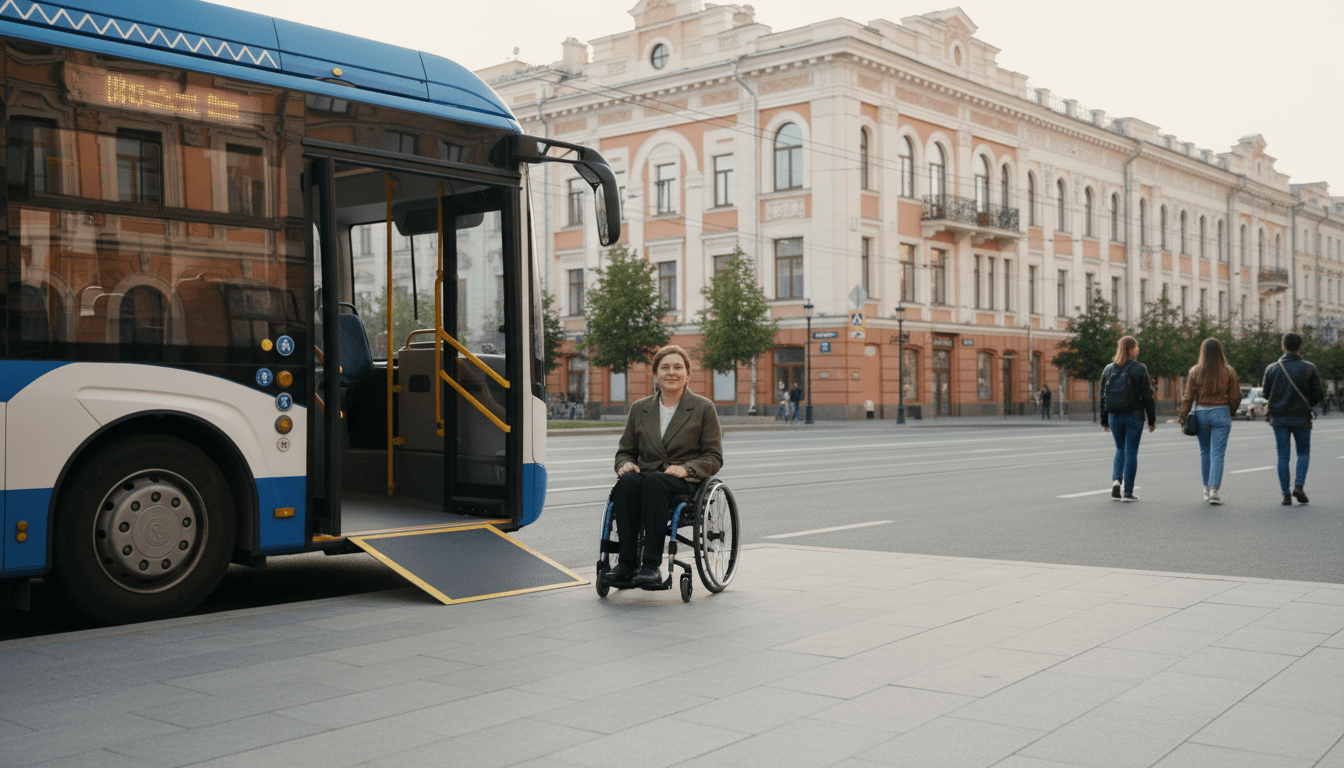 City Without Limits: The Complete Guide to Accessible Moscow for Travelers with Mobility Challenges">
City Without Limits: The Complete Guide to Accessible Moscow for Travelers with Mobility Challenges">

 Moscow Circus: Traditional Russian Entertainment with the Pass">
Moscow Circus: Traditional Russian Entertainment with the Pass">
 Moscow’s Modern Art Scene: Contemporary Galleries with the Moscow Pass (2025–2026)">
Moscow’s Modern Art Scene: Contemporary Galleries with the Moscow Pass (2025–2026)">
 Bunker-42 Cold War Museum: Deep Dive Guide for Moscow Pass Holders (2025–2026)">
Bunker-42 Cold War Museum: Deep Dive Guide for Moscow Pass Holders (2025–2026)">
 Moscow’s Historical Monasteries: Novodevichy and Donskoi with the Moscow Pass">
Moscow’s Historical Monasteries: Novodevichy and Donskoi with the Moscow Pass">
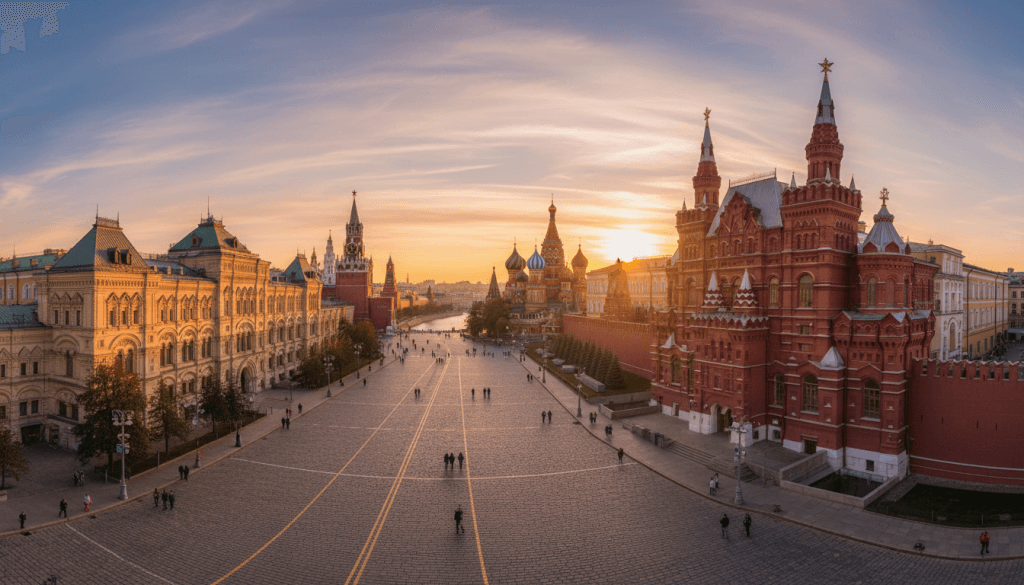 Moscow for History Buffs: Complete Timeline Tour with the Pass">
Moscow for History Buffs: Complete Timeline Tour with the Pass">
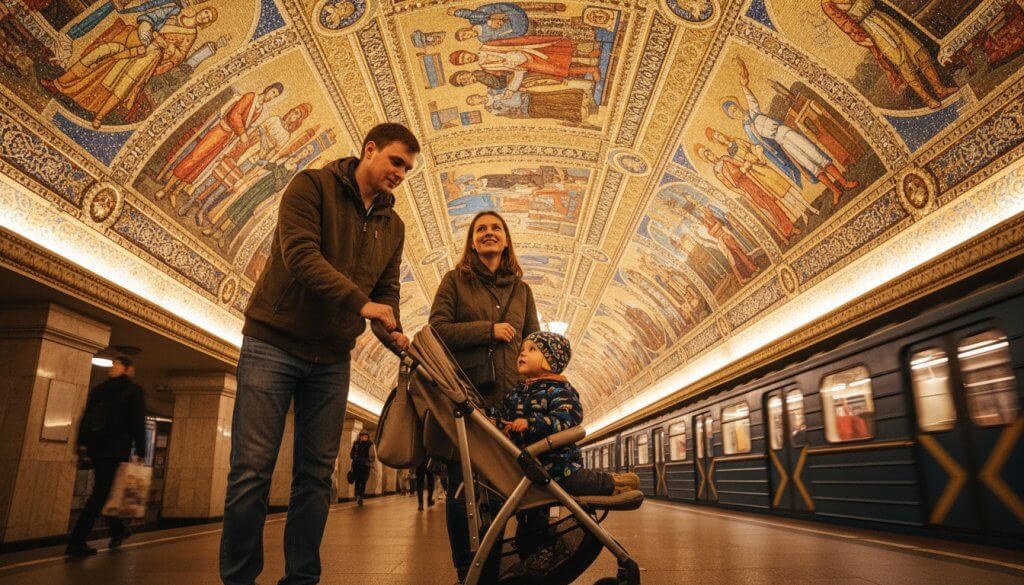 Exploring Moscow with the Little Ones: Maximizing Your Moscow Pass for Families with Toddlers">
Exploring Moscow with the Little Ones: Maximizing Your Moscow Pass for Families with Toddlers">
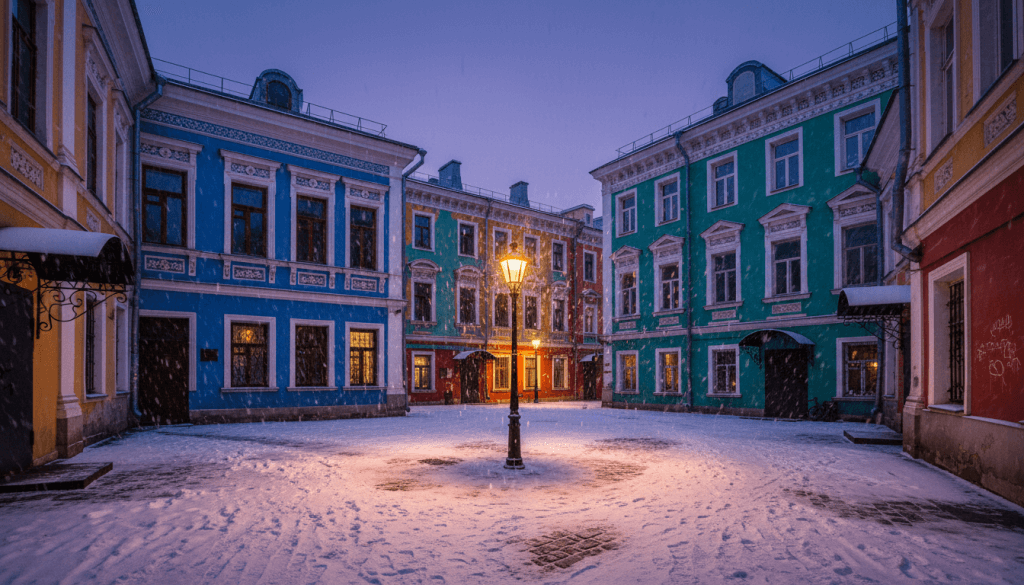 Secret Neighborhoods of Moscow Perfect for First-Time Visitors: A Guide for Beginners">
Secret Neighborhoods of Moscow Perfect for First-Time Visitors: A Guide for Beginners">
 Seasonal Guide to Moscow Festivals: What to See and When in 2025">
Seasonal Guide to Moscow Festivals: What to See and When in 2025">
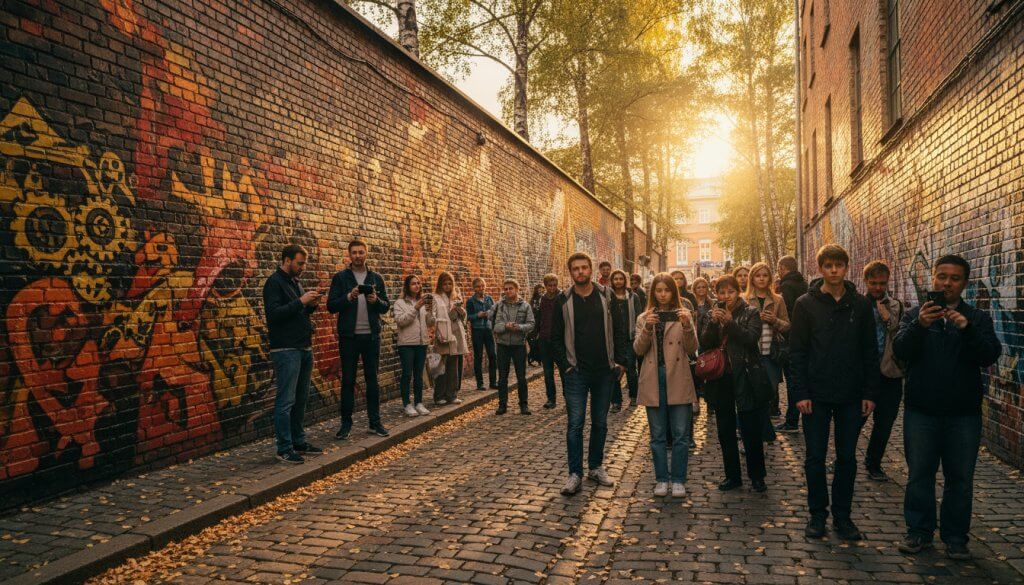 Exploring Moscow’s Street Art and Urban Culture Hotspots">
Exploring Moscow’s Street Art and Urban Culture Hotspots">
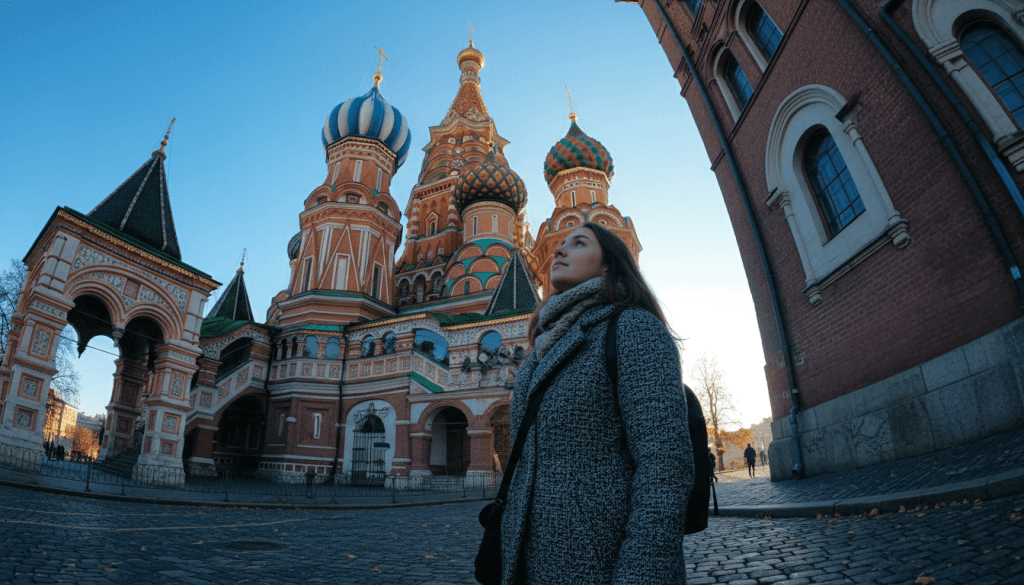 Capital Adventure: A 5 Day Itinerary for Solo Travelers in Moscow">
Capital Adventure: A 5 Day Itinerary for Solo Travelers in Moscow">